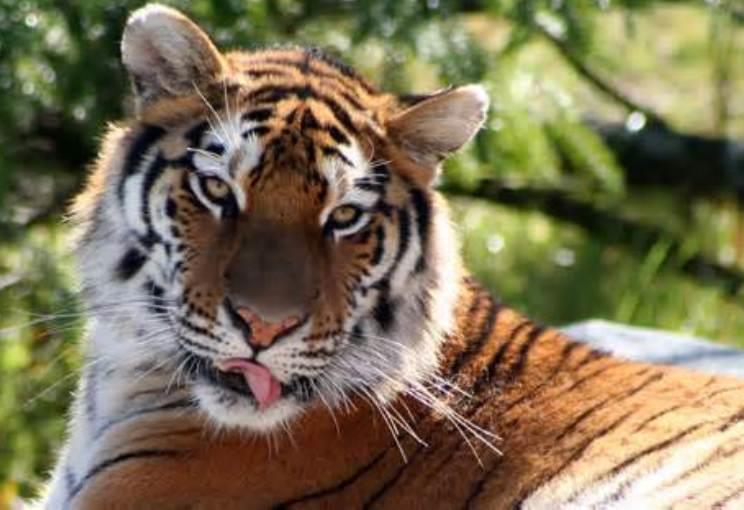When it comes to pets, most people think of dogs, cats, or maybe a goldfish. But some folks are drawn to the more exotic and, let’s face it, dangerous animals. These aren’t your typical pets. We’re talking about creatures that can pose real risks if not handled properly.
Overview of the Concept of Dangerous Pets
Dangerous pets can range from large reptiles like pythons to wild animals such as big cats or even venomous snakes. They might be fascinating, but they come with a unique set of challenges. These animals have instincts and needs that are vastly different from your average household pet. Understanding these differences is crucial.
Purpose of the Article
The aim here is to shed light on the risks and responsibilities that come with owning dangerous pets. It’s not just about the thrill of having an unusual animal. It’s about knowing what you’re getting into and being prepared for the commitment it requires. Let’s dive into what you need to know before making such a big decision.
Types of Dangerous Pets
Common Species Considered Dangerous
When it comes to dangerous pets, some species are more notorious than others. Snakes, especially the venomous kind, are a popular choice for thrill-seekers. Then there are the big cats like lions and tigers, which, while majestic, are incredibly powerful and unpredictable. Primates, too, can be a handful. They might look cute, but they have complex social needs and can become aggressive if those needs aren’t met.
Legal Restrictions and Regulations in Australia
In Australia, owning dangerous pets isn’t as simple as just bringing one home. There are strict laws in place to protect both the animals and the public. For instance, many states require special permits for keeping exotic animals like big cats or venomous snakes. These permits often come with stringent conditions, including secure enclosures and regular inspections. It’s crucial to check local regulations before considering such a pet, as the rules can vary significantly from one state to another.
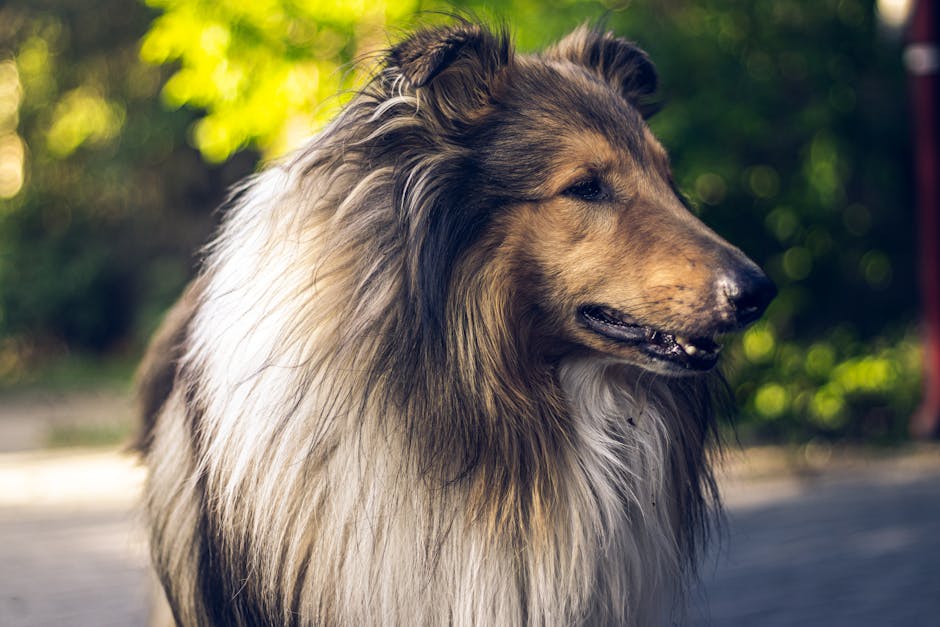
Risks and Challenges
Potential Dangers to Owners and the Public
Owning a dangerous pet isn’t just a personal choice; it can have broader implications. These animals can pose significant risks to both their owners and the public. Imagine a large snake escaping its enclosure or a big cat breaking free. The consequences could be dire. It’s essential to have secure housing and understand the behaviour of these animals to prevent accidents.
Health Risks and Zoonotic Diseases
Dangerous pets can also be carriers of zoonotic diseases, which are illnesses that can be transmitted from animals to humans. Reptiles, for instance, can carry salmonella, while primates might harbour viruses that are harmful to humans. Regular veterinary check-ups and proper hygiene are crucial to minimise these health risks.
Challenges in Providing Proper Care and Environment
Providing the right environment for a dangerous pet is no small feat. These animals often require specific habitats that mimic their natural surroundings. This means investing in specialised enclosures, heating systems, and even dietary needs. It’s not just about space; it’s about creating a safe and stimulating environment that meets their complex needs.
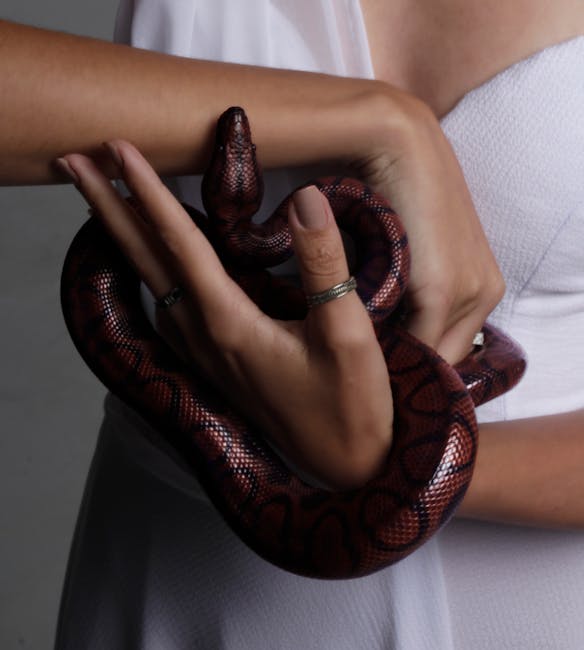
Legal and Ethical Considerations
Australian Laws Regarding Ownership of Dangerous Pets
In Australia, the laws around owning dangerous pets are pretty strict, and for good reason. Each state has its own set of rules, but generally, you’ll need a special permit to keep exotic animals like big cats or venomous snakes. These permits aren’t just handed out freely; they come with a list of conditions. You’ll need secure enclosures, regular inspections, and sometimes even training to ensure you can handle these animals safely. It’s not just about ticking boxes; it’s about ensuring the safety of both the animal and the community.
Ethical Concerns About Keeping Wild Animals as Pets
Beyond the legal side, there are ethical questions to consider. Wild animals have complex needs that are hard to meet in a domestic setting. They might suffer from stress or health issues if their environment isn’t right. Plus, there’s the question of conservation. Taking animals from the wild can impact their populations and ecosystems. It’s worth thinking about whether keeping a wild animal as a pet is truly in its best interest.
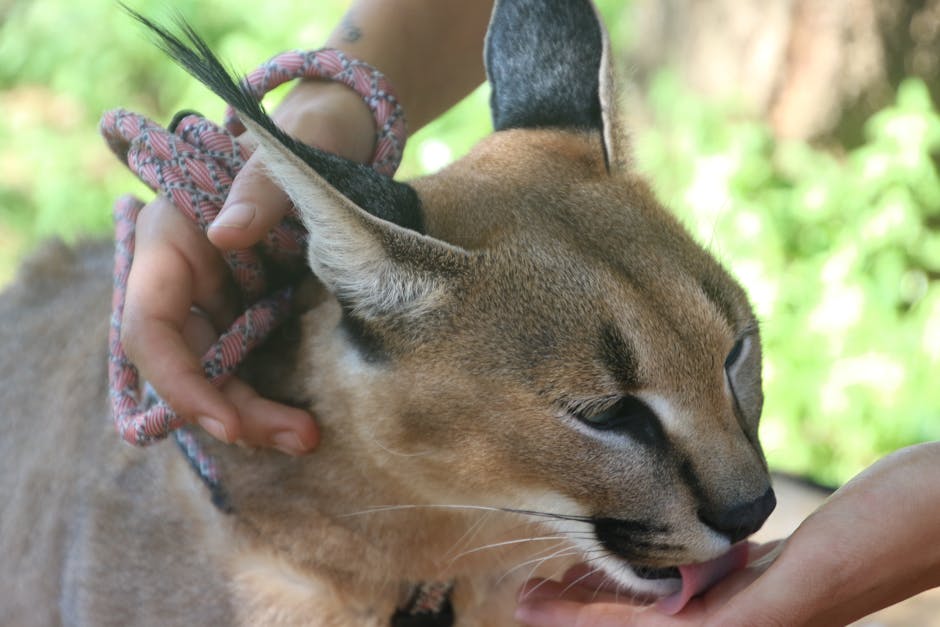
Safety Measures and Precautions
Essential Safety Equipment and Enclosures
When it comes to housing dangerous pets, secure enclosures are non-negotiable. Think of them as the first line of defence. For snakes, this might mean a locked terrarium with escape-proof latches. Big cats require reinforced cages with double-door systems to prevent accidental escapes. It’s not just about keeping the animal in; it’s about keeping everyone else safe.
Training and Handling Techniques to Minimise Risks
Handling dangerous pets isn’t something you can just wing. Proper training is crucial. This means learning how to read animal behaviour and understanding their triggers. For instance, knowing when a snake is agitated or recognising signs of stress in a big cat can prevent accidents. Regular training sessions can also help you build a rapport with your pet, making interactions safer for both of you.
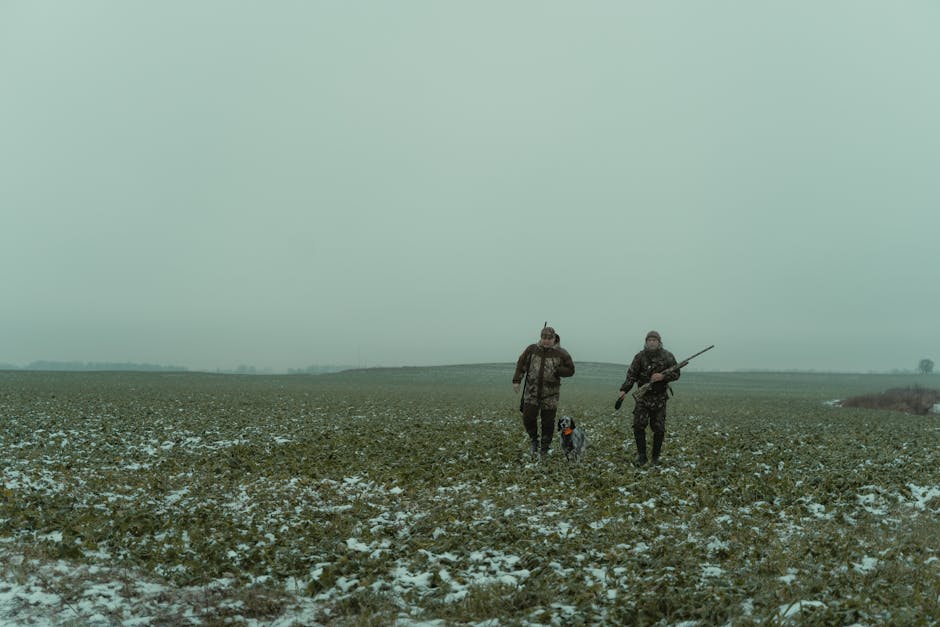
Health and Veterinary Care
Specialised Veterinary Care Requirements
When it comes to dangerous pets, finding the right vet is crucial. Not every vet is equipped to handle exotic or potentially dangerous animals. You’ll need someone with specialised training and experience. Regular check-ups are a must, not just for the animal’s health but also to catch any potential issues early. This might mean travelling further or paying more, but it’s a necessary part of responsible ownership.
Common Health Issues in Dangerous Pets
Dangerous pets can face unique health challenges. Reptiles, for instance, often suffer from metabolic bone disease if their diet and lighting aren’t spot on. Big cats might develop joint issues due to inadequate space for exercise. Then there are zoonotic diseases, which can jump from animals to humans. Regular vet visits and a keen eye for changes in behaviour or appetite can help catch these problems before they escalate.
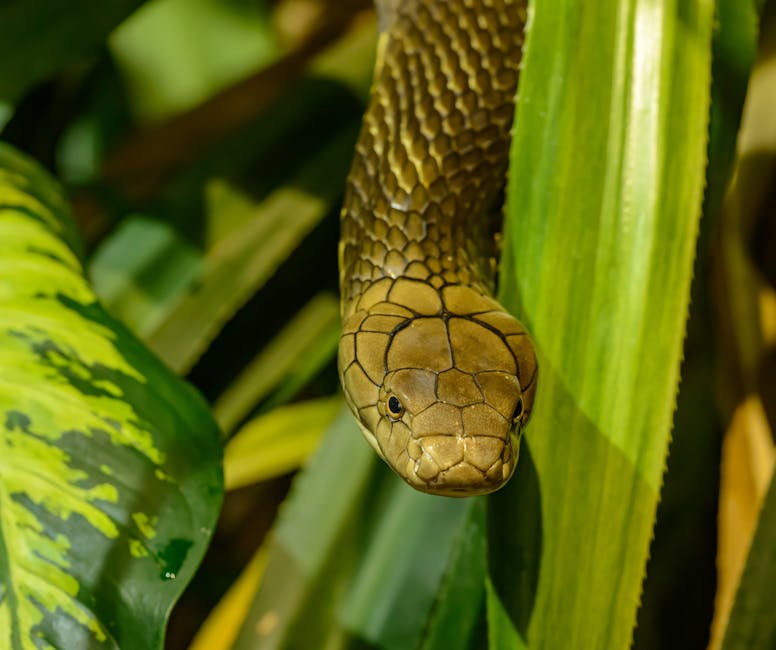
Responsible Ownership
Commitment and Responsibilities of Owning a Dangerous Pet
Owning a dangerous pet is a serious commitment. It’s not just about feeding and housing them; it’s about understanding their unique needs and behaviours. These animals require constant attention and care, often more than traditional pets. You’ll need to invest time in learning about their specific requirements, from diet to habitat, and be prepared for the long haul. It’s a lifestyle choice that demands dedication and responsibility.
Importance of Education and Ongoing Learning
Education is key when it comes to owning a dangerous pet. Before bringing one home, it’s crucial to research thoroughly. This means understanding their natural behaviours, potential risks, and how to manage them safely. But learning doesn’t stop once the pet is home. Ongoing education is vital. Attend workshops, join forums, and stay updated on best practices. This continuous learning ensures you can provide the best care and keep both you and your pet safe.
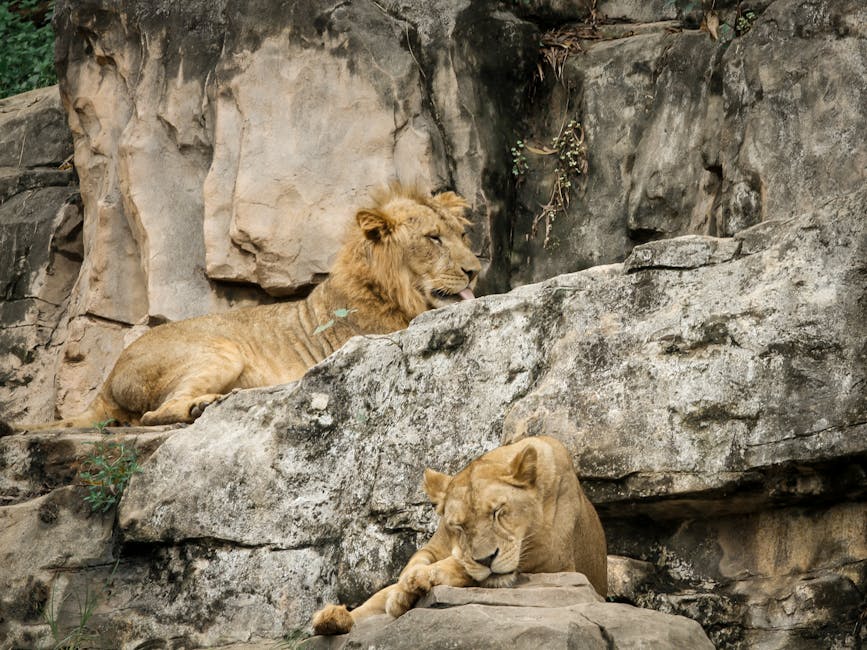
Alternatives to Owning Dangerous Pets
Opportunities for Interacting with Exotic Animals Safely
If you’re fascinated by exotic animals but wary of the risks, there are safer ways to interact with them. Many zoos and wildlife parks offer behind-the-scenes tours where you can get up close with these creatures under expert supervision. Some even have programs where you can assist with feeding or enrichment activities, giving you a taste of what it’s like to care for these animals without the long-term commitment.
Supporting Conservation Efforts and Sanctuaries
Another way to engage with exotic animals is by supporting conservation efforts and sanctuaries. These organisations often provide opportunities for volunteering, where you can help care for animals in a safe and controlled environment. By supporting these initiatives, you’re not only satisfying your curiosity but also contributing to the well-being and preservation of these species. It’s a win-win situation that allows you to make a positive impact while enjoying the company of fascinating animals.
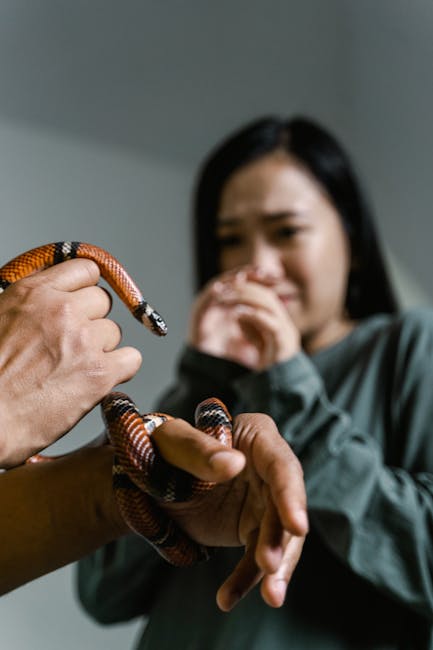
Final Thoughts
Owning a dangerous pet is a profound responsibility. It requires careful consideration of the risks and a commitment to meeting the unique needs of these extraordinary animals. While the allure of exotic pets is undeniable, the challenges they present are significant and demand thorough preparation and ongoing education. By understanding the legal, ethical, and practical aspects, potential owners can make informed decisions that prioritize safety and animal welfare. For those captivated by exotic creatures, supporting conservation efforts offers a meaningful way to engage without the inherent risks.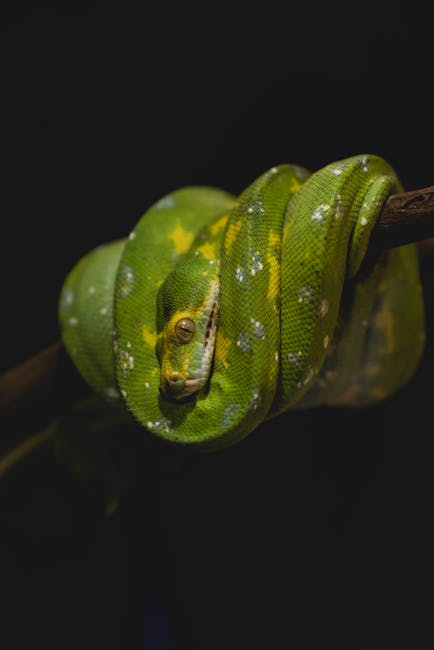
Dangerous Pets FAQs
Yes, many states and countries have laws and regulations regarding owning exotic animals. It’s important to research and comply with local laws before considering owning an exotic pet.
While exotic animals can be kept in cages or enclosures, this can lead to health problems and behavioral issues. It’s important to provide a suitable environment for the animal, which may not be feasible in a home setting.
Releasing exotic animals into the wild can have a negative impact on the environment and can also be illegal. It’s important to find a reputable sanctuary or rescue organization that can provide a suitable home for the animal.
While some exotic animals can be trained, it’s important to remember that they are not domesticated and may still exhibit unpredictable behavior. It’s not recommended to own an exotic animal as a pet.
Dogs, cats, birds, rabbits, and fish are all popular and suitable companion animals. They are domesticated and have been bred for centuries to be safe and compatible with humans.
Exotic animals can be unpredictable and may attack or injure their owners or other people. They can also cause property damage and become a burden on the owner when they become too difficult to care for.
You can support organizations that work to protect and conserve exotic animals in their natural habitats. You can also educate yourself and others about the dangers of owning exotic animals as pets.
It’s important to never approach or attempt to interact with an exotic animal in the wild. Contact local authorities or wildlife experts who can safely handle the situation.
It’s important to avoid owning exotic animals such as big cats, primates, venomous snakes, and large reptiles as pets.
Exotic animals are not domesticated and can pose serious risks to human safety. They may also carry diseases that can be transmitted to humans.
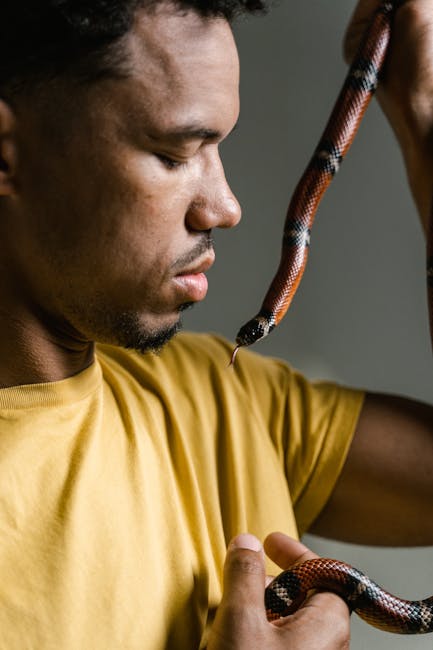
Related posts
Recent Posts
- Choosing Between a Shelter, Rescue, or Breeder for Your New Pet
- Pet Emergency Preparedness: Ensuring Your Furry Friend’s Safety in a Crisis
- The Importance of Pet Vaccinations: Protecting Your Furry Friends
- Kitten Feeding Guide: Essential Tips for New Cat Owners
- Dangerous Pets: What You Need to Know Before Bringing One Home

